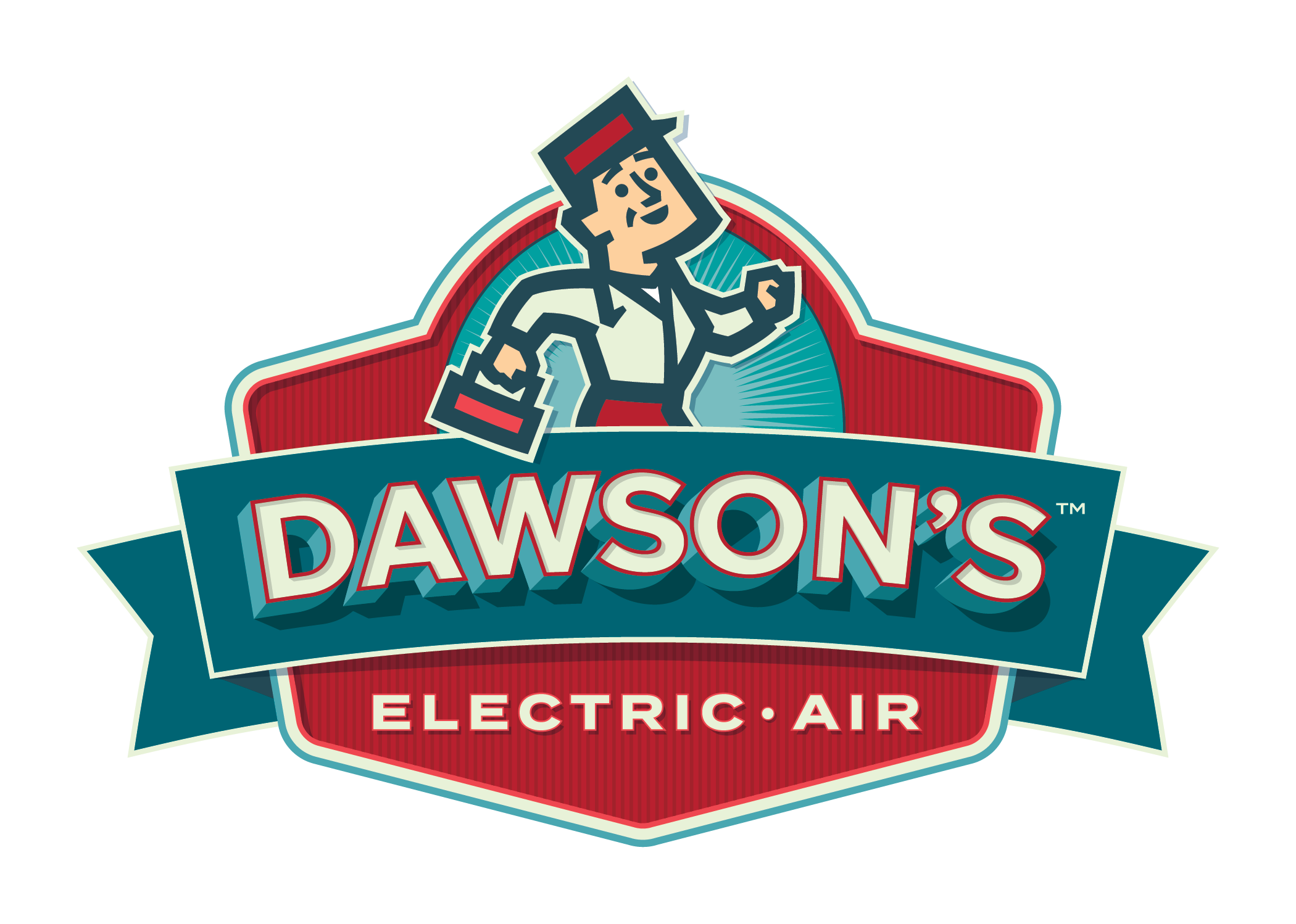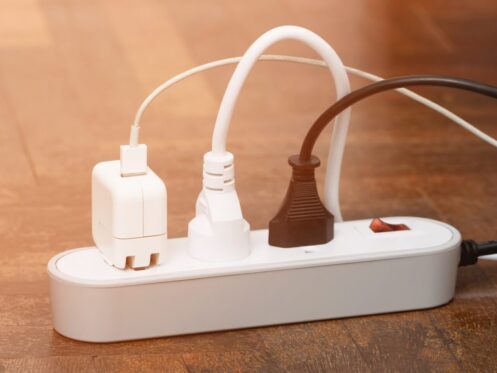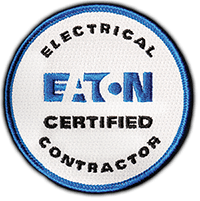Like many homeowners, you may have one or more non-functioning outlets in your Raleigh, NC home. While it might be tempting to simply plug your device or appliance into another outlet and ignore the issue, addressing non-functioning outlets is crucial for safety. Loose connections, faulty wiring, or damaged circuits could be to blame. Understanding why a powered outlet isn’t working will help reduce your risk of electric shock, electrocution, or dangerous electrical fires that can spread quickly. Let’s explore the possible reasons behind this problem and how to address it.
How Do You Know If Your Outlet Has Power?
Every outlet in your home is connected to a circuit breaker. When circuits become overloaded, the breaker will trip to stop the flow of electricity. This safety mechanism prevents overheating and fires, while also alerting homeowners to potential electrical issues. Once you’ve resolved the overload, you can reset your circuit breaker by flipping the switch back into the “on” position.
However, there are instances where you may check the breaker, and the outlet still isn’t working. In such cases, manually triggering and resetting the breaker is essential. Move the switch to the “off” position and then back to “on.” Sometimes, homeowners think they’ve reset their breakers when in fact, they’ve only partially moved the switch into position. This can happen more frequently as breaker boxes age, and it’s often a sign that they’re nearing the end of their lifespan. Always listen for the audible “click” when resetting the breaker, as this confirms the reset was successful. If you don’t hear a click, it may be time for a professional inspection or replacement of your circuit breakers.
Rooms With Multiple Circuits
When you open your breaker box, you’ll find a list of rooms or appliances that correspond to each numbered circuit breaker. You’ll likely see breakers labeled for “bedroom one,” “living room,” and so on.
Some rooms, particularly those with many outlets, overhead lights, or major appliances, often have two or more circuits. Large appliances like stoves, refrigerators, or HVAC systems frequently require dedicated circuits. For example, you may see separate breakers labeled “kitchen” and “stove” or “range hood.”
In homes with multiple circuits in the same room, it’s easy to accidentally reset the wrong breaker. Before testing your outlet again, ensure all relevant breakers are set to the “ON” position. This precaution helps ensure that no circuit is left unintentionally unpowered.
Faulty GFCI Outlets
In high-moisture areas such as kitchens, bathrooms, and laundry rooms, your home likely has ground-fault circuit interrupter (GFCI) outlets. These outlets are designed to protect against electrocution by shutting off whenever they detect moisture or a short circuit. Rather than resetting the circuit breaker, you must manually reset the GFCI outlet by pressing the red “RESET” button on the outlet.
However, before resetting the GFCI outlet, it’s important to address any underlying ground fault. A ground fault occurs when an electrical conductor comes into contact with a grounded surface, such as water or moisture. For example, if your garbage disposal, dishwasher, or a nearby water supply line is leaking, you’ll need to fix the source of moisture before the outlet can be safely reset.
Sometimes, GFCI outlets trip even when no ground fault is present. This could indicate that the GFCI outlet is faulty and needs replacement. If resetting the outlet doesn’t work and there are no apparent hazards, call an electrician to assess the situation and possibly install a new GFCI outlet.
Your Outlet Has Burned Out
Outlets, like all components of your home’s electrical system, have finite lifespans. Standard outlets can last anywhere from 15 to 25 years, while GFCI outlets generally last between seven to 15 years. Over time, normal wear and tear can cause outlets to burn out.
Signs of a burned-out outlet include:
- Singe marks or discoloration on the outlet cover
- A sharp, fishy, or burning odor
- Thin, whitish smoke emanating from the outlet
- Sparks when plugging items in or unplugging them
If you observe any of these symptoms, immediately unplug all devices from the outlet and avoid using it. Burned-out outlets are dangerous and can cause electrical fires. Call an electrician right away to address the issue.
Half-Hot Outlets
If your outlet looks fine with no burn marks or odors, but it still isn’t working, it might be a half-hot outlet. In many homes, especially in living rooms and bedrooms, half-hot outlets are installed to allow easy control of lamps and other appliances using a nearby wall switch. One outlet in the pair is always on, while the other is controlled by the switch.
This feature is convenient but can be confusing for homeowners who aren’t aware of it. To test if your outlet is half-hot, try plugging your device into both the top and bottom outlets. Then, look for a nearby wall switch and see if flipping it causes the outlet to work. If so, your outlet is functioning properly as a half-hot outlet.
Loose Outlet Receptacles
Frequent plugging and unplugging of devices can cause wear and tear not only on the cords but also on the outlet receptacles themselves. As outlets age, they can become loose, making it difficult for plugs to stay securely connected. If your plug slips out or hangs loosely after you insert it, the outlet receptacle has likely become worn and needs replacement.
Loose receptacles are not just inconvenient—they can be dangerous. A loose connection can lead to sparks, electric shocks, or even electrical fires. It’s crucial to have loose outlets replaced by an electrician to ensure safety.
Disconnected Wires
In some cases, a non-functioning outlet may have disconnected or faulty wiring behind the cover. Over time, overheating, normal wear, and even pest infestations can damage wiring insulation or the wires themselves. If you’ve been dealing with pests like mice, cockroaches, or termites, these critters might have chewed through wiring insulation, causing damage to the outlet.
For safety reasons, you should never attempt to repair faulty wiring on your own. An electrician can inspect the wiring, make necessary repairs, and ensure everything is up to code.
Device or Appliance Malfunction
Sometimes, the issue isn’t with the outlet but with the device or appliance you’re plugging in. To troubleshoot, try plugging the item into a different outlet that you know is working. If it still doesn’t work, the problem may lie with the device or appliance itself. Conversely, you can plug a different, working device into the non-functioning outlet to test for electrical issues.
Using malfunctioning devices can damage your outlets or even your entire electrical system. Be sure to repair or replace faulty appliances to avoid further issues.
Unprotected Power Surges
Power surges can occur when power is restored following an outage, and this can send a higher-than-normal voltage through your electrical system. While surge protectors can safeguard electronics, they don’t offer protection for your outlets, panel, or wiring.
Homes can experience hundreds of small power surges throughout the day due to changes in electrical demand. Over time, these surges can degrade outlets and cause them to stop working. Investing in whole-home surge protection is the best way to shield your electrical system from the damage caused by frequent power surges.
Call the Experts
We help homeowners in Raleigh optimize their homes with expert electrical installation and repair services. Whether you need EV charging station installation, panel upgrades, whole-home surge protection, or new outlets, Dawson's Electric & Air is here to assist. Contact us today for professional help.







